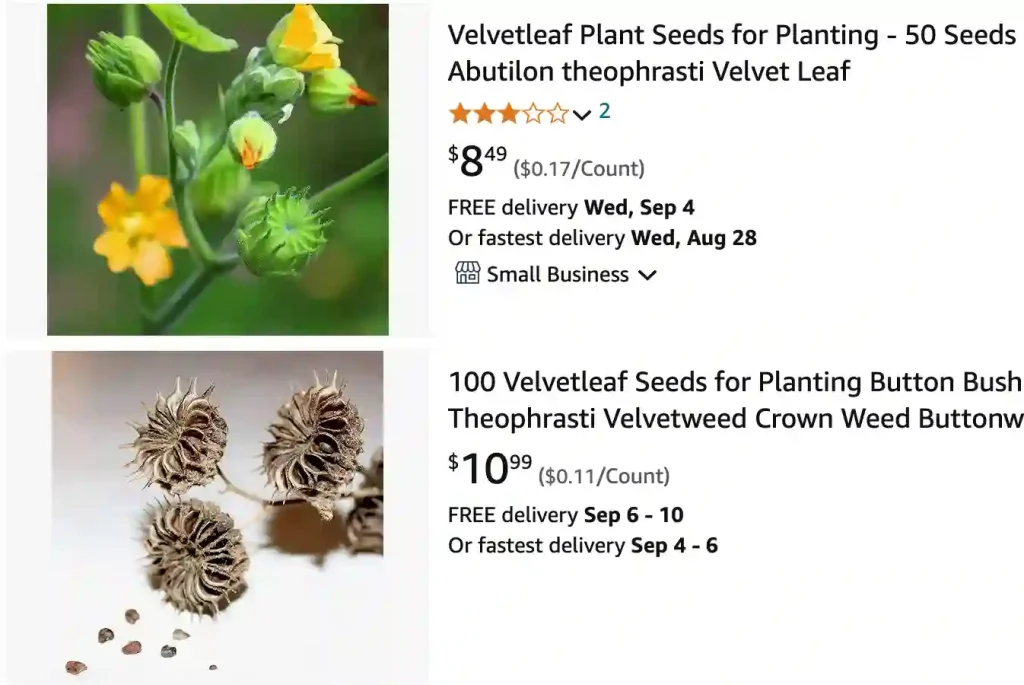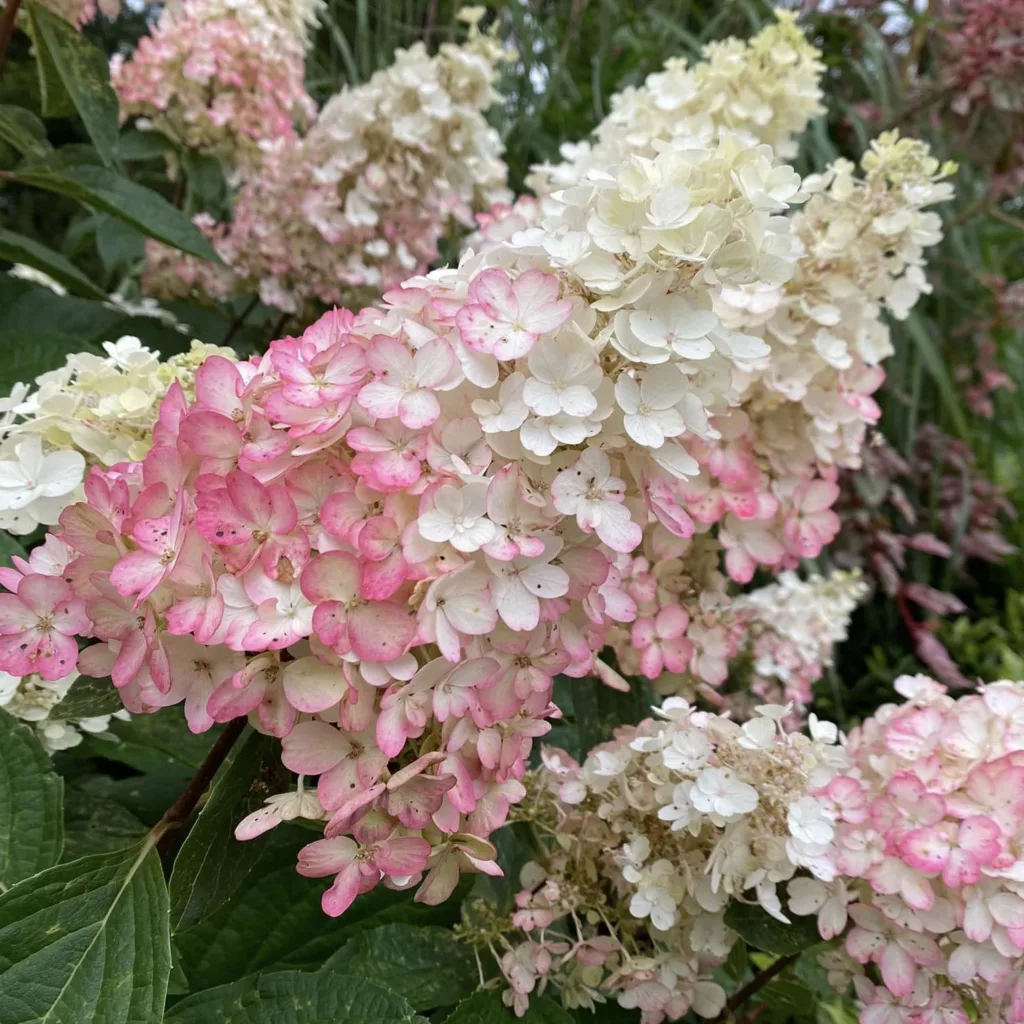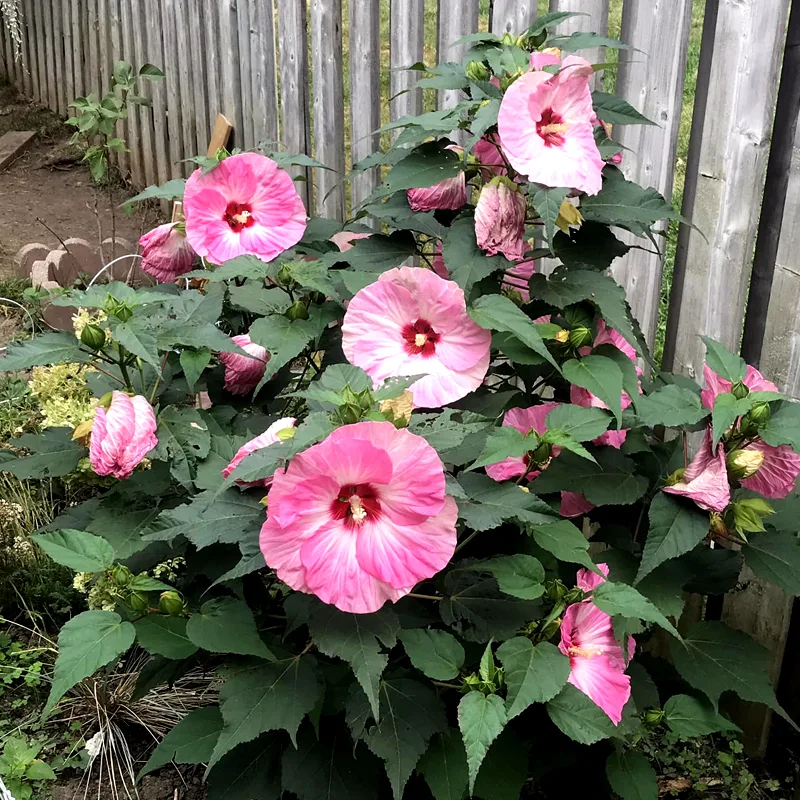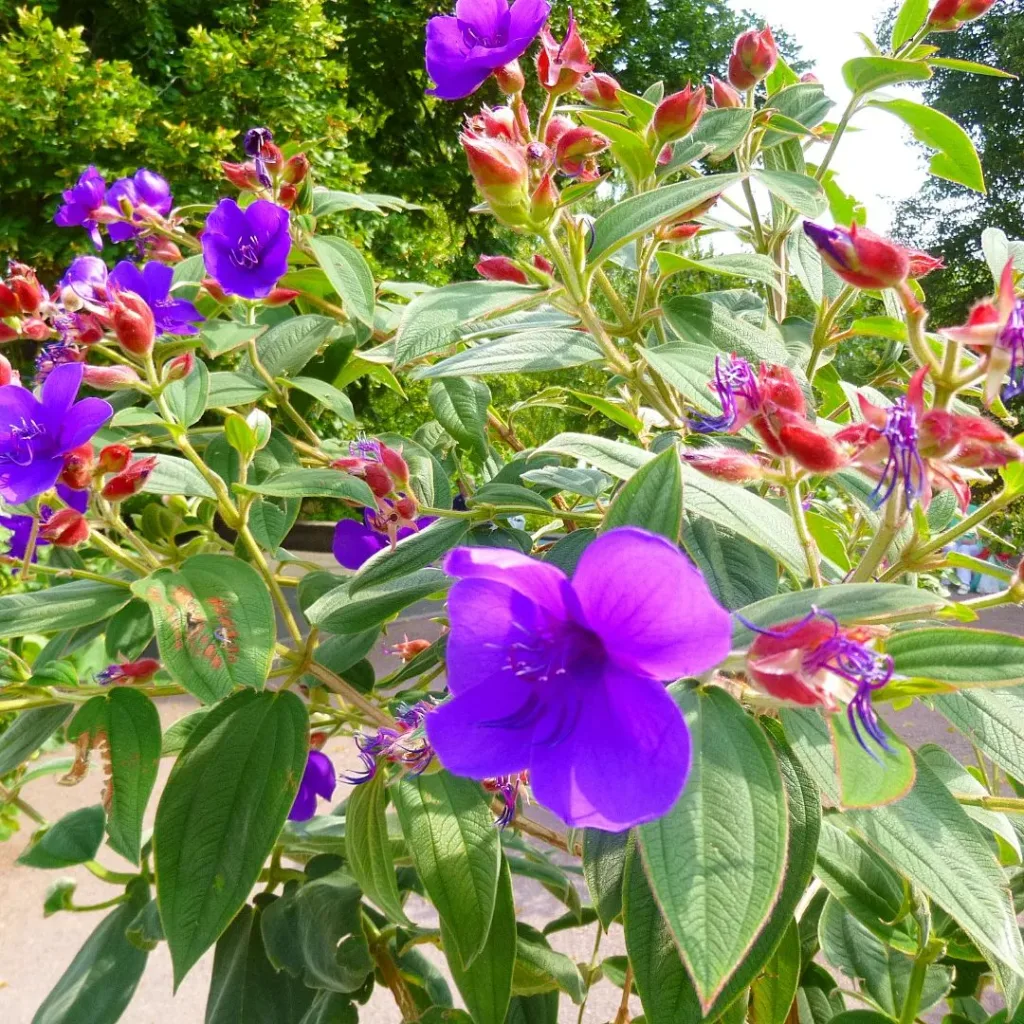
What Is Abutilon Theophrasti?
Abutilon Theophrasti, commonly known as the Velvetleaf, is an annual plant native to tropical and subtropical regions. This plant is recognized for its large, heart-shaped leaves covered in a velvety texture, hence its common name. It belongs to the Malvaceae family, which also includes hibiscus and cotton. The plant can grow up to 6 feet tall and is often admired for its distinctive foliage and showy yellow flowers.
178 Species in Genus Abutilon
How to Care for Abutilon Theophrasti?
Caring for Abutilon Theophrasti is relatively straightforward. Here are some tips to ensure your plant thrives:
- Light: Velvetleaf prefers full sun to partial shade. In hot climates, providing some afternoon shade can help prevent leaf scorch.
- Soil: This plant thrives in well-draining soil. A mix of loamy soil with good organic matter works best. Ensure the soil is consistently moist but not waterlogged.
- Watering: Keep the soil consistently moist but allow the top inch of soil to dry out between waterings. Overwatering can lead to root rot.
- Fertilization: Feed the plant with a balanced, all-purpose fertilizer once a month during the growing season to promote healthy growth and blooming.
- Temperature: Abutilon Theophrasti prefers warm temperatures and is not frost-tolerant. Protect it from temperatures below 50°F (10°C).
- Pruning: Regular pruning helps maintain the plant’s shape and encourages bushier growth. Remove any dead or damaged stems to improve air circulation.
How to Propagate Abutilon Theophrasti?
Propagating Abutilon Theophrasti can be done through seeds or cuttings:
- Seeds: Sow seeds directly into the soil after the last frost, or start them indoors 6-8 weeks before the last expected frost. Keep the soil moist and warm until germination occurs, which usually takes 2-3 weeks.
- Cuttings: Take 4-6 inch cuttings from healthy stems, remove the lower leaves, and dip the cut end in rooting hormone. Plant the cuttings in a well-draining potting mix and keep them in a warm, humid environment until roots develop.
What to Plant With Abutilon Theophrasti?
Velvetleaf can be paired with various plants to create a visually appealing garden. Consider planting it alongside:
- Marigolds: Their bright colors and similar growing conditions complement Velvetleaf nicely.
- Zinnias: They add a splash of color and can handle similar light and water requirements.
- Coleus: The colorful foliage of coleus creates a striking contrast with the velvet-textured leaves of Abutilon Theophrasti.
Is Abutilon Theophrasti Toxic?
Abutilon Theophrasti is generally considered non-toxic to humans and pets. However, it’s always a good practice to keep plants out of reach of young children and animals to avoid any accidental ingestion or irritation.
Benefits of Abutilon Theophrasti
- Aesthetic Appeal: The large, velvety leaves and vibrant yellow flowers make it a standout plant in any garden.
- Attracts Pollinators: The flowers attract bees and butterflies, enhancing biodiversity in your garden.
- Erosion Control: Its robust root system helps prevent soil erosion in garden beds.
Common Problems with Abutilon Theophrasti
- Pests: Watch out for aphids, spider mites, and whiteflies. Regularly inspect the plant and treat infestations with appropriate insecticides or organic methods.
- Diseases: Velvetleaf can be susceptible to fungal diseases like powdery mildew, especially in humid conditions. Ensure good air circulation and avoid overhead watering to minimize disease risk.
- Nutrient Deficiency: Yellowing leaves can indicate a lack of essential nutrients. Regular fertilization and soil testing can help address this issue.
Comparing Abutilon Theophrasti with Similar Plants
Abutilon Theophrasti vs. Abutilon Megapotamicum: While both belong to the Abutilon genus, Abutilon Megapotamicum, or the Brazilian Abutilon, is a smaller plant with pendulous flowers, whereas Abutilon Theophrasti is taller with more upright blooms.
Abutilon Theophrasti vs. Hibiscus: Both plants have large, colorful flowers, but Hibiscus tends to have larger, more tropical blooms and prefers slightly different care conditions, such as more frequent watering and warmer temperatures.
In summary, Abutilon Theophrasti is a striking and versatile plant that adds beauty to any garden. Its care requirements are manageable, and it offers numerous benefits, from aesthetic appeal to attracting pollinators. By understanding its needs and addressing common issues, you can enjoy a thriving Velvetleaf in your outdoor space.
If i die, water my plants!



